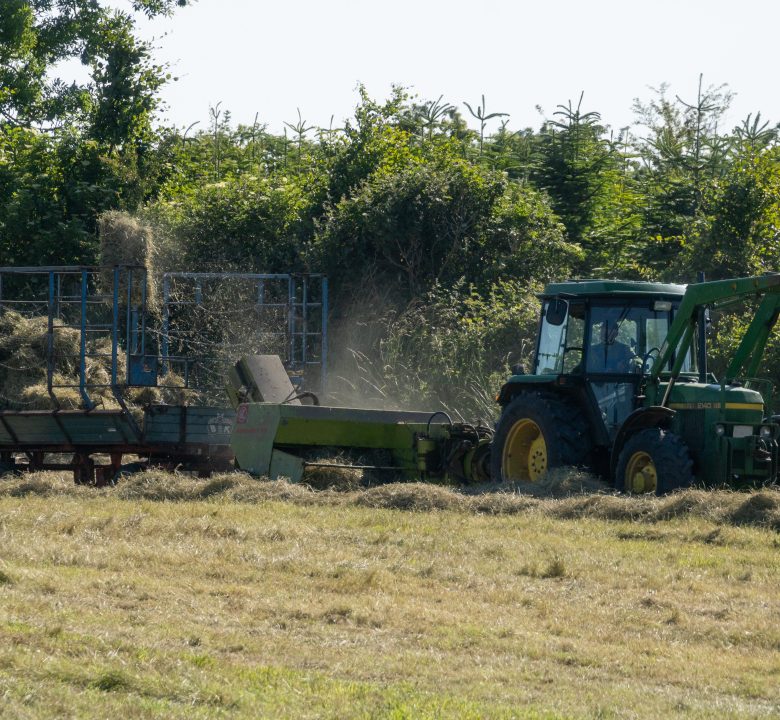
Affordable Greenhouse Solutions for the Modern Farmer: Making Agriculture Greener and More Efficient
February 2, 2023
The History and Evolution of Traditional Agriculture Practices
February 2, 2023Greenhouse farming in Africa has gained immense popularity in recent years due to the growing demand for fresh produce, especially in urban areas. With the right planning and preparation, starting a greenhouse farm in Africa can be a profitable business venture. In this guide, we’ll explore the benefits of greenhouse farming, the process of starting a greenhouse farm in Africa, and answer some of the frequently asked questions about greenhouse farming.
Why Start a Greenhouse Farm in Africa?
Greenhouse farming has many benefits over traditional open-field farming. Some of the benefits of greenhouse farming include:
- Improved Crop Yield: Greenhouses provide a controlled environment that allows farmers to grow crops year-round, regardless of the weather conditions outside. This results in improved crop yields and a more consistent supply of fresh produce.
- Reduced Pesticide Use: Greenhouses can be designed to minimize the use of pesticides by creating a pest-free environment. This not only reduces the cost of pesticides but also makes the produce safer for consumption.
- Water Conservation: Greenhouses can conserve water by using drip irrigation systems and other water-saving technologies. This reduces water usage and the cost of pumping water.
The Process of Starting a Greenhouse Farm in Africa
Starting a greenhouse farm in Africa requires careful planning and preparation. Here is a step-by-step guide to help you get started:
- Conduct a Feasibility Study: Before starting a greenhouse farm, it is important to conduct a feasibility study to determine if the location is suitable for greenhouse farming. This study should consider factors such as access to water, electricity, and labor, as well as the local market demand for fresh produce.
- Choose a Location: Once you have determined that the location is suitable for greenhouse farming, you can choose a suitable location for your greenhouse farm. Consider factors such as access to water, electricity, and transportation when choosing a location.
- Select the Right Greenhouse Design: The design of your greenhouse will impact the overall efficiency and productivity of your farm. Consider factors such as the size of the greenhouse, the type of crops you want to grow, and the climate in the area when choosing a greenhouse design.
- Obtain the Required Permits: Before starting a greenhouse farm, you must obtain the necessary permits and licenses from the local authorities. This includes permits for water use, construction, and waste management.
- Secure Funding: Starting a greenhouse farm requires a significant investment. You can secure funding by applying for a loan from a bank or investing your own funds. You can also consider finding investors to help fund your greenhouse farm.
- Purchase Equipment and Supplies: Once you have secured funding, you can purchase the necessary equipment and supplies for your greenhouse farm. This includes greenhouse structures, irrigation systems, and growing supplies such as seeds, soil, and fertilizer.
- Hire Staff: Hiring a team of skilled and experienced staff is crucial for the success of your greenhouse farm. Consider hiring a mix of skilled and unskilled labor to help you manage the farm and grow crops.
- Start Growing Crops: Once everything is in place, you can start growing crops in your greenhouse farm. It is important to follow best practices for greenhouse farming, including proper irrigation and crop management, to ensure the success of your farm.
Frequently Asked Questions About Greenhouse Farming in Africa
- What are the costs associated with starting a greenhouse farm in Africa?
Starting a greenhouse farm in Africa requires a significant investment. The cost of starting a greenhouse farm can vary depending on the size of the farm, the type of greenhouse used, and the cost of equipment and supplies. Some of the costs associated with starting a greenhouse farm include the cost of the greenhouse structure, irrigation systems, growing supplies, and labor. Additionally, there may be costs associated with obtaining permits and licenses from local authorities.
- What are the most common crops grown in greenhouses in Africa?
The most common crops grown in greenhouses in Africa include tomatoes, cucumbers, bell peppers, and leafy greens such as lettuce and spinach. These crops are in high demand in urban areas and can be grown year-round in a controlled environment.
- What are the challenges of starting a greenhouse farm in Africa?
Starting a greenhouse farm in Africa can be challenging, but with proper planning and preparation, these challenges can be overcome. Some of the challenges include access to water, electricity, and labor, as well as obtaining the necessary permits and licenses from local authorities. Additionally, the cost of starting a greenhouse farm can be a significant challenge, especially for farmers who are just starting out.




